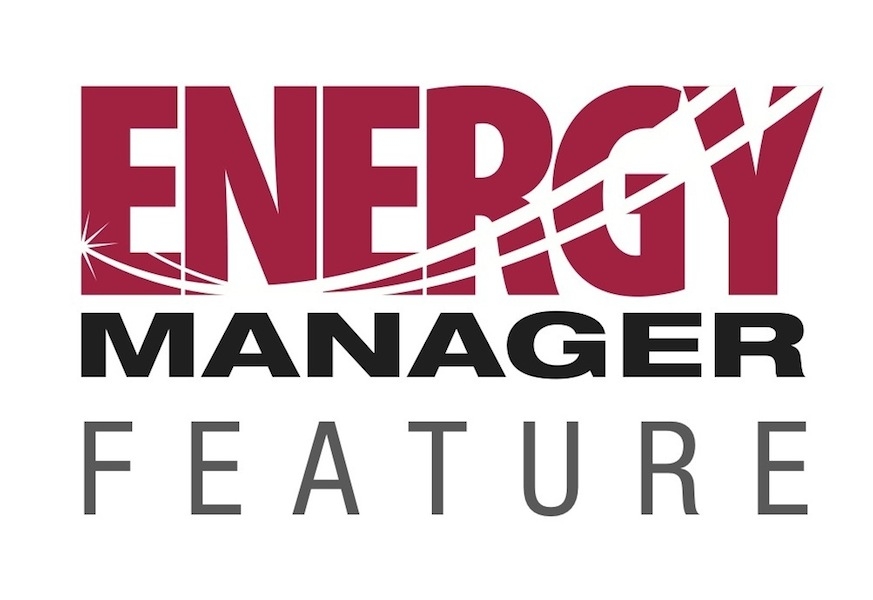
Envelope
FEATURE – Pushing the (Building) Envelope with Thermal Imaging
From healing and care delivered to thousands of patients over the lifetime of a hospital facility, to the protection of terabytes of sensitive data in a “server farm” data centre, buildings are the unsung heroes in our work. Over the years, these “silent partners” suffer deterioration from aging, causing the building envelope to falter or fail. In some cases, this is readily apparent; for example, when daylight peeks through seismic joints at a pedestrian bridge or when mould from water intrusion becomes an air quality concern. From a budget perspective, energy costs creep upward as HVAC systems work harder to keep up with heating and cooling that escapes the building.
February 23, 2012 By André Rebelo

Without the option to start fresh with “green” buildings, it’s critical to evaluate building envelope energy losses. Where are those cubic metres escaping? Those kilowatt-hours fleeing?
A strategic and cost-effective approach to target losses is an in-house infrared inspection program; energy managers identify the worst energy-loss offenders so that targeted repairs or remediation can be made. This approach delivers the maximum impact for the lowest cost, with immediate results in reduced heating and cooling costs.
As a key tool in this effort, thermal imagers or infrared (IR) cameras reveal temperature variations that indicate energy escaping or infiltrating the structure, as well as moisture intrusion. Let us focus on key building envelope components plant managers can inspect using IR cameras to target energy loss and restore weather integrity.
Where to look
Exterior walls
With older brick or masonry exterior walls, a structure may suffer from deterioration, and shifting of masonry due to both age and water exposure from weather. In many cases, damaged masonry is found within a system of other problems, such as corroded lintels, failed sills, large cracks, deteriorated sealants, and even cases where brick actually falls from the facade.
Newer commercial buildings may feature exterior insulation and finish systems (EIFS). These offer better insulation and a continuous surface resisting moisture like a membrane. At seams or cracks however, water enters and gets trapped inside. Beyond mould hazards, moisture intrusion may cause HVAC systems to overcompensate for the excess moisture.
Exterior walls conduct energy between the exterior and interior. An infrared camera identifies notorious “thermal bridges” such as studs and framing. Wall cavities with absent or failed insulation jump out in contrast to other sections of a properly insulated wall.
Roofing
Roofing systems offer similar challenges. Whether it is an aggregate roof or bitumen membrane, damage or the absence or failure of adequate insulation can lead to energy loss. Plus, moisture intrusion adds unwanted load to HVAC systems.
Doors & windows
Windows, also known as a whole as glazing or fenestration systems, are notorious locations for increased energy loss in a building’s envelope. Broken seals, aluminum frames and, more generally, older, single-pane windows can literally send energy dollars “out the window”.
While older windows are obvious culprits, thermal imagers inspect the point where windows contact surrounding walls. Uninsulated wood blocking used at headers over windows can conduct energy outdoors and effectively negate the benefit of newer, premium windows.
As with windows, doors allow heating and cooling energy to exit the building. Energy managers use infrared cameras to find alarming energy losses around door frames throughout a building. This can be due to bad seals and air leakage. Seals deteriorate or fail over time, so they should be treated as an energy-related predictive maintenance task.
Usually overlooked in visual inspections, roll-up garage service doors are usually uninsulated, creating significant energy loss—not only along the edges but also in the hood overhead. Consider newer, insulated rollup garage doors that use seals, interlocking slats, solid internal insulation, and a hood baffle to minimize energy losses.
Returning to seismic joints, these should be opened and filled with batt insulation, particularly vertical seismic joints on exterior walls. These are susceptible to energy loss at the top end, from a stack effect. As with framing around windows, any areas where two different materials meet, expect energy losses.
Infrared inspection basics
Today’s infrared camera illustrates differences in temperature, telltale indicators of heating or cooling energy crossing the building envelope. Envelope compromises jump out in IR images as different colours, in contrast to adjacent similar surfaces, helping pinpoint structural compromises for immediate repair.
When possible, use an infrared camera that has a built-in traditional digital camera for “visible light” images. Thus, energy managers can capture pairs of images so that IR images are easier to identify using corresponding visible images.
When to look
The scheduling of IR camera inspections can make a difference. Inspect interiors and exteriors at a time of day and time of year that permits a marked difference in internal and external temperatures. Early morning inspections help avoid distorted readings from solar heat gain on building surfaces. Larger temperature differentials on the building envelope at that time of day also prove helpful.
By devoting time to periodic inspections of building envelope factors described above, today’s energy manager can find specific “worst offenders”. Remedying these can make an immediate impact on energy loss, reduce HVAC load, and systematically recover energy budget dollars. Remember this: heating and cooling costs are elastic and dynamic—whether they expand or contract is, in large part, up to your efforts to maintain your building envelope.
André Rebelo is the global public relations manager for FLIR Systems Ltd.
Print this page